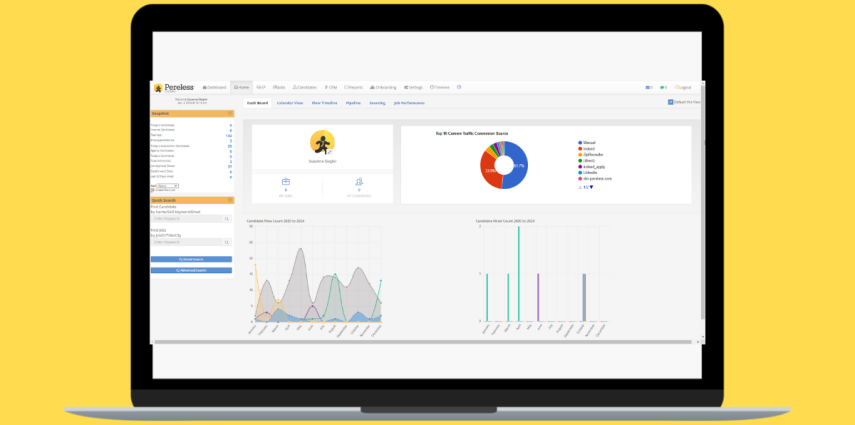On the recent unanimous Supreme Court ruling in Ohio, it made it easier to bring lawsuits over so-called reverse discrimination. This blog is in reference to the recent ruling and how an ATS can prevent discrimination in the hiring process.
Applicant tracking systems (ATS) and hiring software help prevent discrimination in the hiring process by introducing structure, consistency, and data-driven evaluation. Here’s how they support fairer hiring:
1. Standardizing the Process
ATS platforms enforce uniform processes:
• Every applicant goes through the same application steps.
• Hiring teams use the same evaluation criteria and scorecards.
• Interview questions can be standardized to reduce biased questioning.
This consistency minimizes the risk of favoritism or subjective judgment.
2. Blind Screening
Some systems offer blind hiring features, where personal identifiers are hidden during initial screening. This can include:
• Name
• Age
• Gender
• Photo
• School (in some configurations)
By masking these details, the focus shifts to qualifications and experience.
3. Bias Detection Tools
Advanced hiring software includes AI tools to flag bias in:
• Job descriptions (e.g., gender-coded language)
• Candidate scoring patterns (e.g., consistently lower scores for certain demographics)
• Interview feedback
This helps companies detect and address unconscious bias early.
4. Data & Reporting for Compliance
ATS software tracks and reports on hiring metrics such as:
• Demographic breakdowns
• Interview outcomes
• Time-to-hire by group
This helps HR teams audit their process for patterns of discrimination and maintain compliance with regulations like EEO (Equal Employment Opportunity) laws.
5. Automated Resume Screening Based on Skills
When used properly, automation can reduce human bias:
• Systems scan for keywords or skills tied to job performance—not personal background.
• Custom algorithms can rank candidates on merit, avoiding subjective interpretation of resumes.
However, note: Poorly trained AI can reinforce bias if based on biased historical data. Ethical use matters.
6. Collaborative Hiring Tools
By allowing multiple reviewers to independently score candidates, hiring platforms reduce the influence of any single person’s bias.
What Would Bradford Do?

ATS and hiring software don’t eliminate discrimination by default—but they provide powerful tools to detect, reduce, and prevent it when used deliberately and ethically. Human oversight and regular audits are essential to ensure the technology promotes fairness, not just efficiency.












